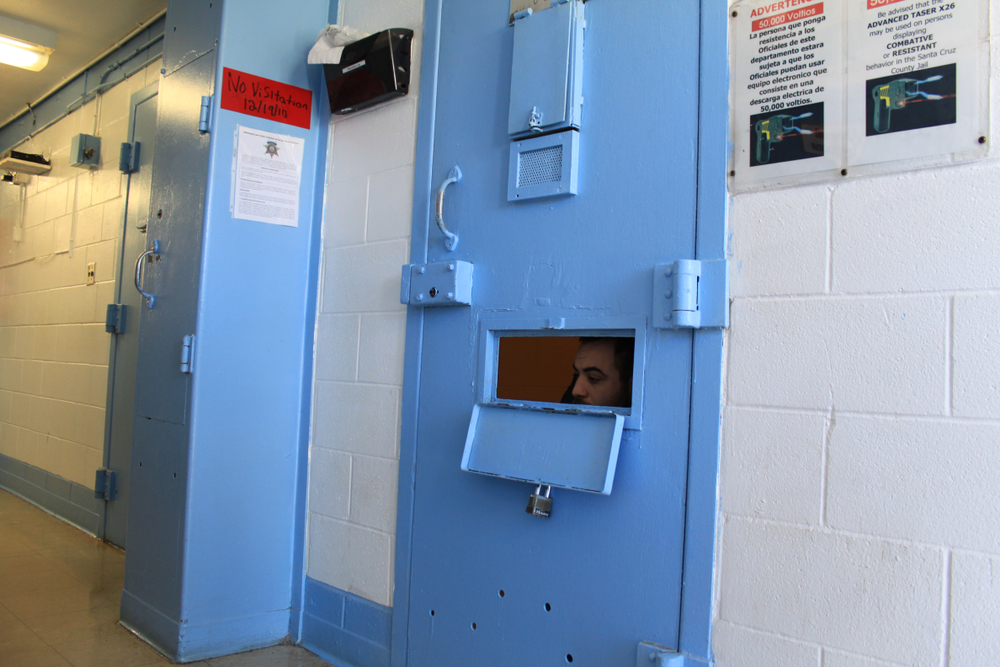In recent years, juvenile justice practitioners, researchers and advocates have raised awareness of the harms of room confinement or isolation of youth in detention and residential facilities. Research and empirical knowledge teach us that the practice can negatively impact youth’s developing brains and emotional health, impair youth’s relationships with staff, limit youth’s access to important programming and treatment, and ultimately lead to unsafe facility environments.
Unfortunately, despite this sea change of understanding, many facilities around the country continue to rely on the practice, viewing it as an essential strategy to ensure safety, order and control. This misconception stems from decades of misguided policy and practice.

Shay Bilchik
In order to achieve better outcomes at the facility-level and upon release, systems must work to move away from the use of room confinement. Yet doing so is complex and involves a multifaceted approach.
In most jurisdictions, an important first step is to change the staff mindset on what constitutes an effective behavior motivation strategy. Many staff believe that room confinement is an impactful way to “get kids’ attention” and therefore deter misconduct. In actuality, placing youth in a room as punishment doesn’t address the root causes of the misbehavior — it doesn’t equip youth with skills to make better decisions and it doesn’t make them more likely to trust or build positive relationships with staff. To the contrary, it can create more resentment and a diminished sense of hope on the part of the youth.
As part of the Stop Solitary for Kids campaign, we’ve traveled across the country and met with scores of juvenile justice administrators and staff who are interested in learning about alternatives to room confinement. In this process, we’ve heard many common questions, such as:
- Without room confinement, how do we hold youth accountable for their misconduct?
- How can we best motivate positive youth behavior?
- How do we safely transition away from a practice that has been utilized in our facility for so long?
Path to change
Fortunately, there are answers to these questions. Jurisdictions around the country have demonstrated success in eliminating or reducing the use of room confinement, and their stories are powerful. As facility leaders consider changing their room confinement policies and practices, it is essential that they hear from their peers about the concrete strategies that have worked to achieve positive outcomes, like fewer incidents, fewer injuries to staff and youth, and safer communities.

Michael Dempsey
Our campaign’s new publication, “Not In Isolation: How to Reduce Room Confinement While Increasing Safety in Youth Facilities,” is designed to do just that. Highlighting lessons learned from four jurisdictions, it offers a roadmap to help administrators and staff understand how to make these critical changes in their own facilities in ways that are healthy and safe for everyone.
One of the key takeaways from these case studies is that staff need support and tools to help kids to manage their emotions and inspire positive decision-making. While no perfect model exists and more work remains in each system, the jurisdictions highlighted below have succeeded because they provide staff with regular training on crisis intervention, adolescent development and de-escalating aggression. Staff are empowered to operate strength- and incentive-based behavior motivation programs.
Policy delineates clear guidance on the use of room confinement, including when it is permissible. Best practices dictate it is only a temporary response to behavior that threatens immediate physical harm and never as a disciplinary consequence. Staff work collaboratively across disciplines to meet the needs of youth; integrating, for example, mental health professionals into residential units and conducting cross-system case planning. And these jurisdictions strive to achieve adequate staffing levels and limit overtime to ensure that staff have the time, energy and backing necessary to do their jobs effectively.
While navigating changes to room confinement policy and practice will differ in every jurisdiction, systems have much to learn from the experiences of their counterparts. Colorado, for instance, significantly reduced room confinement to under an hour by increasing the staff-to-youth ratio, creating strategies to help staff engage with youth and build positive relationships, and assigning every youth admitted to a state facility to a behavioral health staff member.

Michael Umpierre
In Massachusetts, the Department of Youth Services banned the use of room confinement as punishment and created exit strategies to get kids out of confinement in minutes, not hours. Shelby County, Tenn., drastically cut isolation by reinforcing positive behavior and holding staff and kids accountable in other ways. The Oregon Youth Authority reduced room confinement by focusing on culture change, strategies steeped in the Positive Human Development philosophy and using data strategically.
Eliminating or reducing the practice of room confinement is time-consuming and staff-intensive. But as our publication shows, there is a path systems can take to get there, and ultimately, the improved outcomes for youth, staff and communities are worth the effort.
Shay Bilchik is the founder and director of the Center for Juvenile Justice Reform at Georgetown University’s McCourt School of Public Policy.
Mike Dempsey is the executive director of the Council of Juvenile Correctional Administrators.
Michael Umpierre is a deputy director of the Center for Juvenile Justice Reform at Georgetown University’s McCourt School of Public Policy.
The authors’ organizations are partners with the Center for Children’s Law and Policy and the Justice Policy Institute on the Stop Solitary for Kids campaign, which aims to end the solitary confinement of youth in juvenile and adult facilities in the United States.

Pingback: A New Resource from Stop Solitary for Kids (SSK) Campaign on Reducing Room Confinement While Increasing Safety in Facilities | CJCA The Council of Juvenile Correctional Administrators